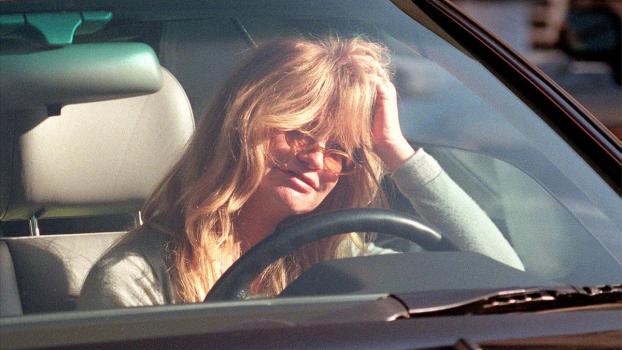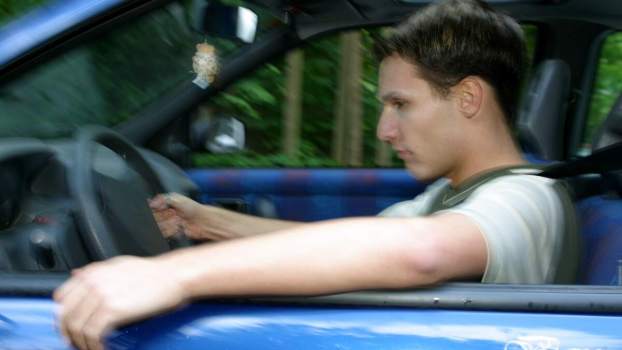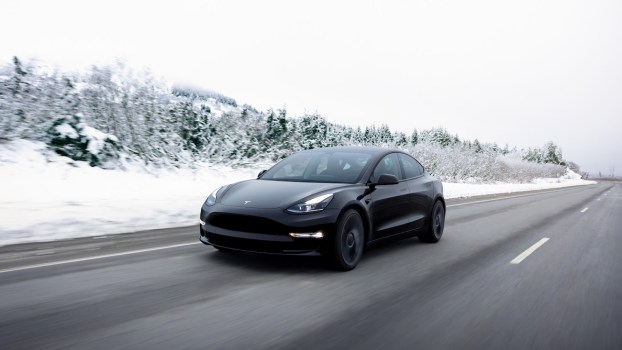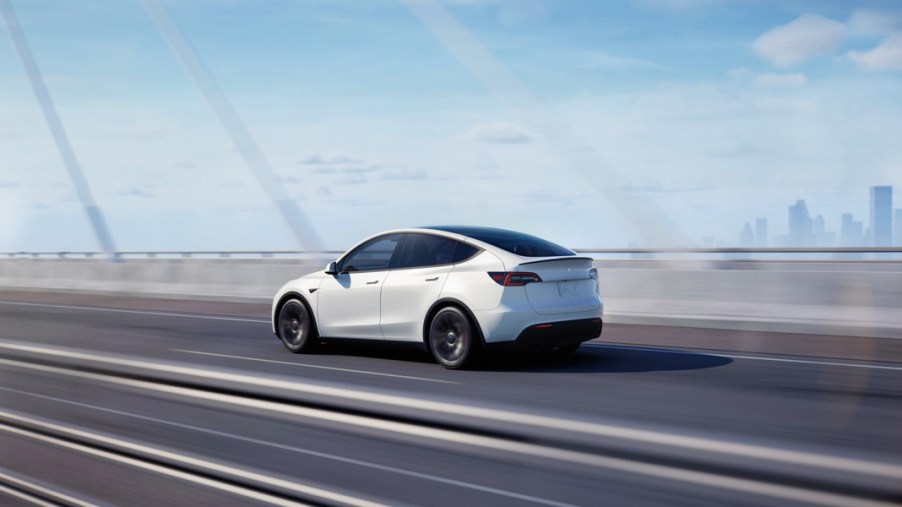
How Tesla’s New Safety Feature Can Prevent Deaths Due to Drowsy Driving
Driving while sleep-deprived can be as dangerous as drunk driving. It’s difficult to remain fully alert when falling asleep behind the wheel. In recent years, car manufacturers have implemented technology to mitigate drowsy driving, and Tesla is one of them. Let’s look at Tesla’s new safety feature, Driver Drowsiness Warning, and whether it really makes the company’s EVs safer.
What is the Tesla Driver Drowsiness Warning safety feature?
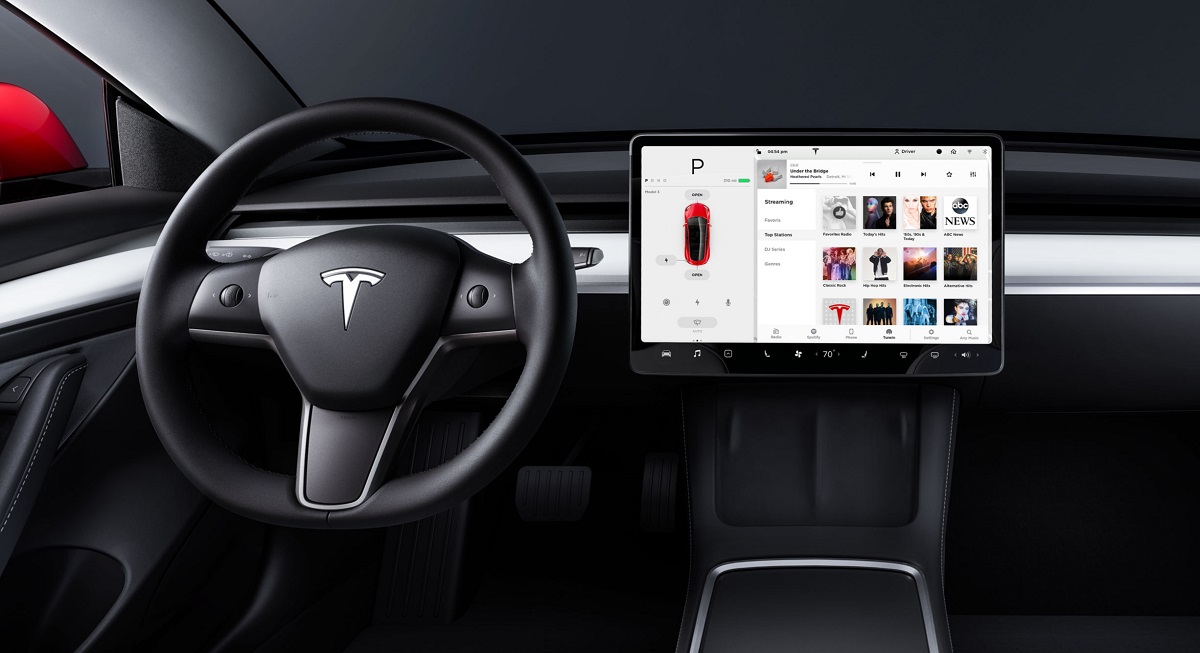
The Tesla Model 3 owner’s manual says Driver Drowsiness Warning is “designed to notify drivers who appear to be drowsy” and “monitors driver attentiveness as well as driving behavior to determine patterns indicative of drowsiness.”
It achieves that by using the car’s internal camera to monitor the driver’s face for signs of sleepiness. It looks for details as subtle as yawning frequency and blinking to determine whether the driver is too tired to operate the EV safely.
The system is active at over 40 mph when Autopilot is off. Turning Autopilot on will disengage the Driver Drowsiness Warning system.
Can you turn off the new Tesla safety feature?
Yes, you can turn off Tesla’s Driver Drowsiness Warning if you don’t want to see the little coffee cup icon when the car detects you’re tired or if it’s a little too intrusive for you. On the touchscreen, go to Controls, then Safety, and you’ll see the Off switch for Driver Drowsiness Warning. However, the car safety feature automatically re-enables every time you restart the EV.
That said, the extra peace of mind this Tesla safety feature provides makes it advisable to leave it on.
So far, language about the new system appears only in Tesla’s European owner’s manual. It’s unclear when this tech will become available in the United States.
Is it illegal to drive while drowsy?
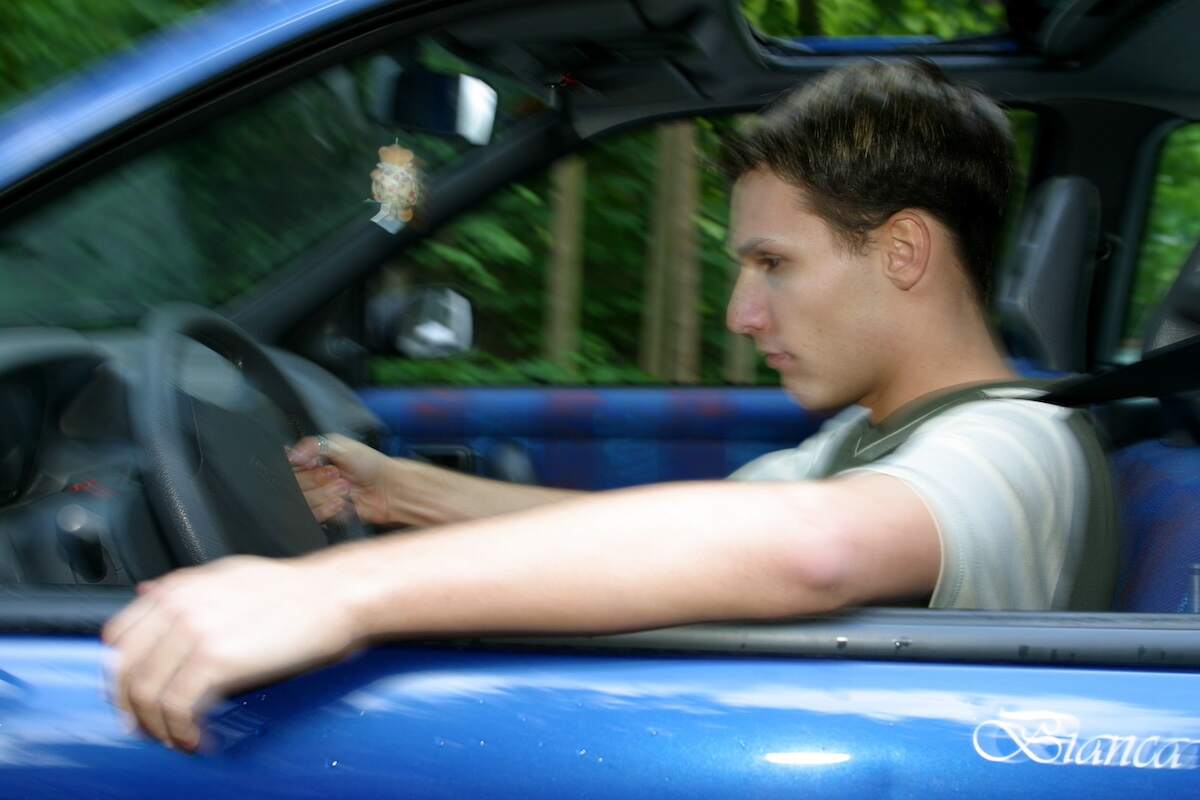
Only two states have passed legislation making driving while sleep-deprived illegal.
New Jersey was the first to enact a drowsy driving rule in 2003, nicknamed “Maggie’s Law.” According to the Governors Highway Safety Association (GHSA), the New Jersey law deems driving “while knowingly fatigued as recklessness” and defines “fatigued” as exceeding 24 consecutive hours without sleep. So, it’s pretty generous with what it considers a criminal level of sleepiness.
Arkansas enacted a similar law in 2013.
Maggie’s Law is named after Maggie McDonnell. The 20-year-old college student was killed in a car accident in 1997 when another motorist swerved across three lanes of traffic and hit her head-on. The driver admitted he hadn’t slept for 30 hours. He was charged with reckless driving and received the then-maximum sentence of a $200 fine.
The point of Maggie’s Law is to penalize drivers more severely when they make the road more dangerous by not getting adequate sleep.
Do other cars have driver drowsiness monitoring?
Yes, many automakers have similar features that discourage drowsy driving. But the new Tesla safety feature is among the most sophisticated tech yet. Similar systems that detect driver alertness include Audi’s Rest Recommendation System, BMW’s Attention Assistant, Honda’s Driver Attention Monitor, Kia’s Driver Attention Warning, Mercedes-Benz’s Attention Assist, and Toyota’s Driver Monitoring System.
If you’re in the market for a new car, it’s worth checking whether the models you’re considering have drowsiness detection to help you drive more responsibly.
